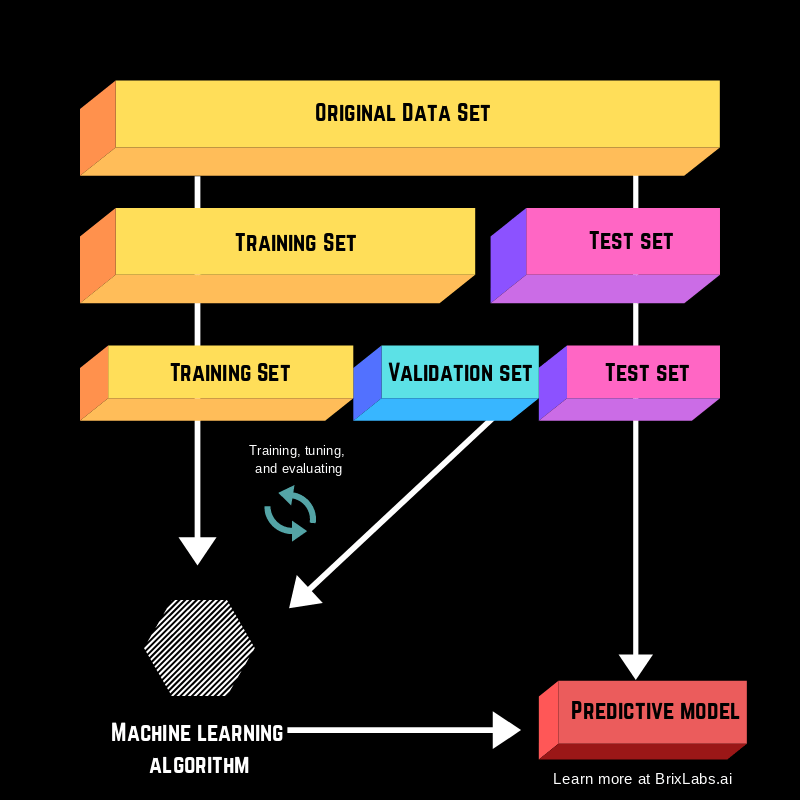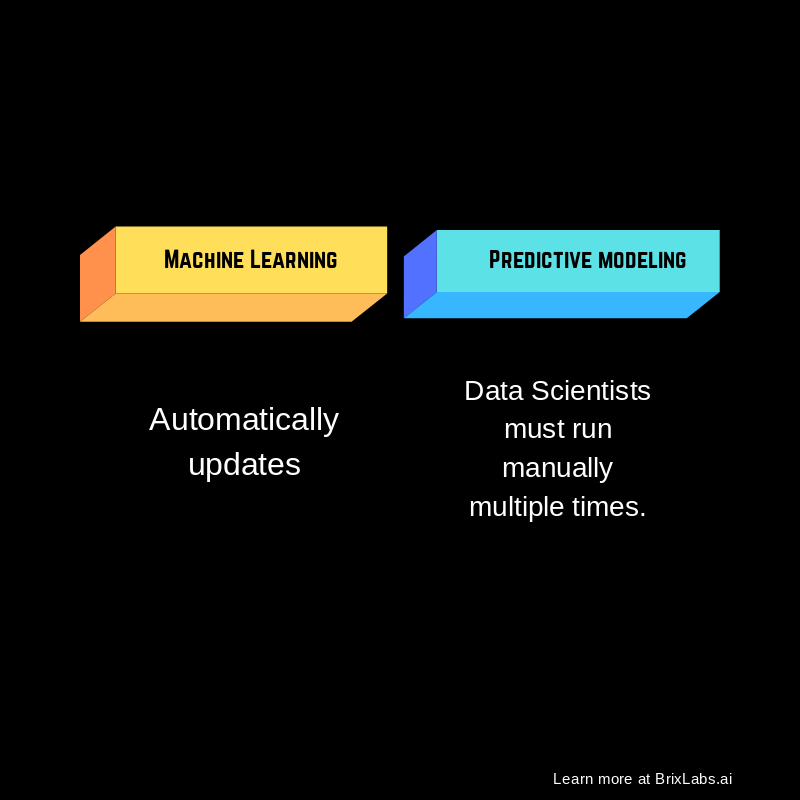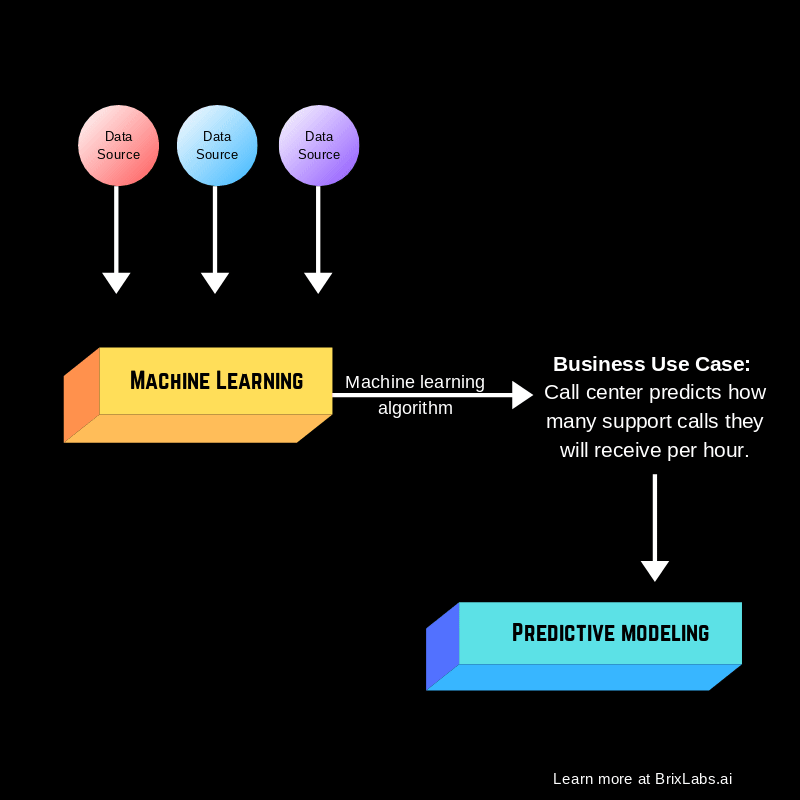What is Machine Learning?
Learning how machine learning works will ensure you’re equip to explore opportunities to utilize artificial intelligence in the future.
Machine learning is the study of algorithms and statistical data models that computers use to perform a specific task without explicit instructions — relying on patterns and inference.
Machine learning algorithms build mathematical models based on data called “Training data” to make predictions and decisions without being programmed to perform a specific task.
There are two types of learning techniques for machine learning:
- Supervised learning — requires data scientists supervision and works mainly with labelled data. This helps you predict outcomes of unforeseen data.
- Unsupervised learning — doesn’t need supervision and works on its own to discover information. Mainly works with unlabelled data.
Machine learning algorithms are trained to continuously learn based on large datasets to improve future performance. These algorithms automatically update and create models that can be used in predictive modeling. This allows predictive models to be run by data scientists manually based on historical data for future events only. Predictive models are creating predictions based on probability of events and historical datasets.
In order to create a predictive model, you will need a dataset to breakdown and test to form an algorithm. Then using the algorithm and data models — you’ll continue to test with historical datasets and current datasets to form predictions and decisions. Predictive modeling makes use of data mining and probability to generate outcomes.
Below is an example of creating a predictive model:

Use Cases for Machine Learning
There are many use cases for machine learning in a number of industries.
- Detecting credit card fraud
- Detecting insurance fraud
- Recommendation and search engines
- Speech and handwriting recognition
- Financial market analysis
- Object recognition
- Medical diagnosis
- Sentiment analysis
Differences in updates between Machine Learning and Predictive Modeling:

Use Cases for Predictive Modeling
Predictive modeling is a subset and application of machine learning.
- Risk mitigation
- Credit scoring
- Sales funnel insights
- Customer segmentation
- Improved/streamlined operations
- Algorithmic training
- Marketing campaign optimization
- Auto insurance
Technology that drives Machine Learning vs. Predictive Modeling:

Takeaways
- Machine learning is a subset and application of artificial intelligence.
- Machine learning is used to create predictive modeling.
- Machine learning is updated automatically vs. predictive modeling that requires data scientists to manually run the model multiple times.
- There are two types of learning techniques for machine learning: unsupervised and supervised.
- Supervised machine learning works with labelled data and requires data scientists to supervise the process.
- Unsupervised machine learning works with unlabelled data and works on its own to discover information. This is used for more complex processes.
- Machine learning is data-driven.
- Predictive modeling is use-case driven.
- Predictive models are creating predictions based on probability of events and historical datasets.
- Machine learning requires large datasets in order to be effective.
Want to start a project? Post your project here joinbrix.com.



